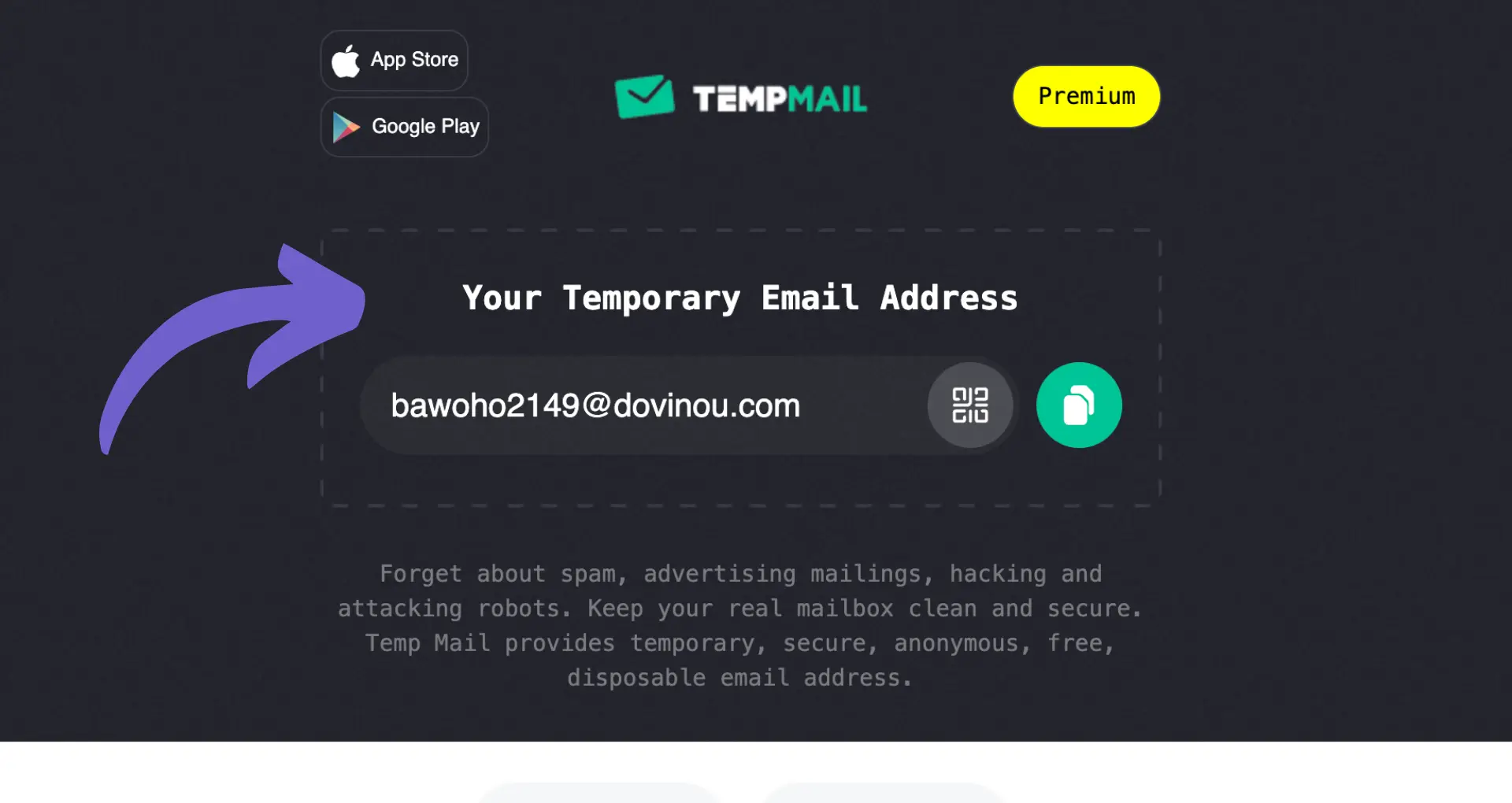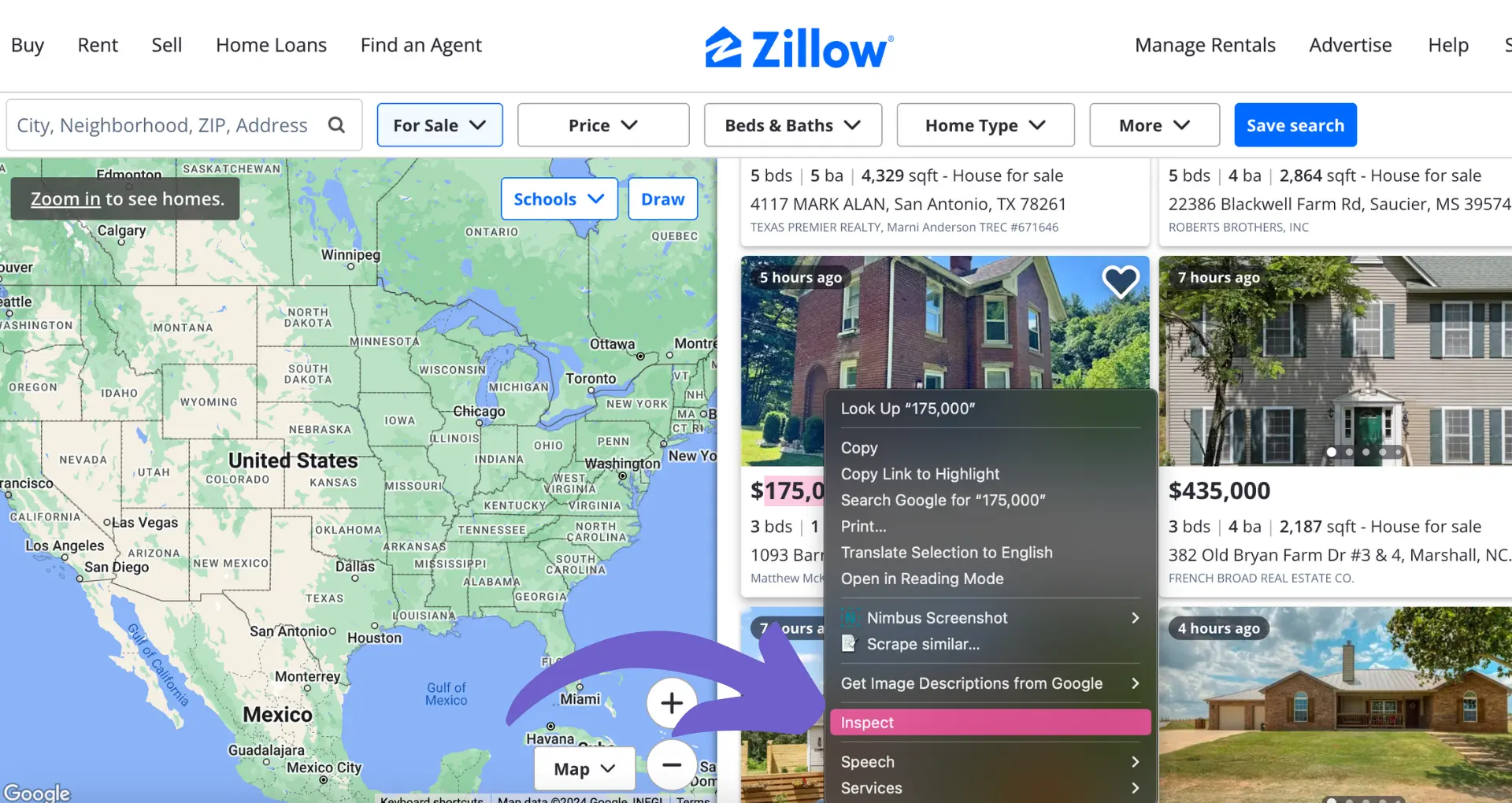Asking the right questions during sales discovery is essential for understanding your prospect's needs, challenges, and goals. It allows you to qualify the lead effectively and tailor your approach accordingly.
This comprehensive resource provides a wide range of categorized examples of questions to ask during the sales discovery process. By using targeted questions, you can gain valuable insights into your prospect's situation and identify opportunities where your product or service can make a meaningful impact.
Effective sales discovery questions help you uncover key information, build rapport, and demonstrate your expertise. They enable you to dive deeper into your prospect's unique challenges and objectives, allowing you to position your solution as the best fit for their needs.
Are you ready to take your sales discovery to the next level? Look no further! This guide offers the most complete list of sales discovery questions available, empowering you to have more productive conversations and close more deals. Get ready to unlock the secrets of successful sales discovery and elevate your sales game today!
The ultimate list of 70+ sales discovery questions
This comprehensive curriculum of sales discovery questions will help you identify the right ones to ask in your sales process.
Reference this list while writing up an agenda for an upcoming sales discovery. Use it to spark further questions and ask additional ones based on the context during the discovery call. Note questions to add to your list for the next discussion.
By using these 70+ examples as a starting point, you'll be well-equipped to uncover key insights, build rapport, and position your solution effectively.
Bardeen can help you save time and stay organized. We can help you easily add lead information to Google Sheets.
#1. General Information Questions
Asking general information questions about a company's background and industry insights is crucial for understanding the context of the prospect's situation.
Company background questions help uncover details like:
- "What can you tell me about your company?"
- "How long have you been in business?"
- "What is your role within the organization?"
- "How many employees do you have?"
- "What are your main products or services?"
- "Who are your target customers?"
Industry insight questions reveal key trends and competitors, such as:
- "What big trends are you seeing in your industry right now?"
- "How is your industry evolving?"
- "Who are your main competitors?"
- "How do you differentiate from competitors?"
- "What advantages do your competitors have?"
- "How do you expect your industry to change in the next 5 years?"
Asking a mix of company background and industry insight questions paints a comprehensive picture of the prospect's business landscape.
#2. Goals and Objectives Questions
Understanding a prospect's short-term goals and long-term objectives is key to positioning your solution as a way to achieve them.
Short-term goal questions uncover immediate priorities, like:
- "What are your team's top priorities this quarter?"
- "What do you hope to achieve in the next 6 months?"
- "What initiatives are you currently focused on?"
- "How do you plan to hit your quarterly targets?"
- "What would success look like for you this year?"
- "What challenges stand in the way of your short-term goals?"
Long-term objective questions reveal the bigger picture, such as:
- "Where do you see your company in 5 years?"
- "What are your long-term strategic goals?"
- "How do you plan to sustain growth over the next few years?"
- "What market opportunities are you looking to capture long-term?"
- "How do you envision scaling your business?"
- "What would need to happen to achieve your long-term vision?"
Aligning your solution with the prospect's short-term goals and long-term objectives demonstrates its strategic value.
#3. Pain Point Questions
Digging into a prospect's pain points - both broad challenges and specific issues - allows you to tailor your solution to address them.
Questions about current challenges include:
- "What are the biggest challenges you and your team are facing?"
- "How are these challenges impacting your business?"
- "What happens if these challenges go unresolved?"
- "How are these challenges holding you back from your goals?"
- "What have you tried so far to overcome these challenges?"
- "How much are these challenges costing you?"
Specific issue questions dive deeper:
- "Can you give me an example of a recent problem you've encountered?"
- "Walk me through how this issue typically unfolds."
- "How frequently does this problem occur?"
- "Who is impacted by this issue?"
- "What have you been doing to work through this problem?"
- "What would solving this issue mean for you and your team?"
Uncovering pain points and exploring specific examples allows you to demonstrate how your solution can alleviate them.
#4. Current Solutions and Gaps Questions
Examining a prospect's current solutions and gaps helps determine fit and identify where your offering can add value.
Existing solution questions assess what's working and what's not:
- "What solutions are you currently using?"
- "How long have you been using your current solution?"
- "What do you like about your current solution?"
- "Where is your current solution falling short?"
- "How satisfied are you with your existing tools?"
- "If you could change one thing about your current solution, what would it be?"
Gap analysis questions uncover unmet needs:
- "What capabilities do you feel are missing from your current solution?"
- "What would your ideal solution look like?"
- "If you had a magic wand, what would you want to be able to do?"
- "What needs to happen to bridge the gap between where you are and where you want to be?"
- "How would filling these gaps impact your business?"
- "What would a 10x improvement in this area mean for you?"
Highlighting gaps in their current solution opens the door to demonstrate your product or service's unique value.
#5. Budget and Constraints Questions
Understanding a prospect's budget and constraints is essential to determine if your solution is a viable option for their needs and resources.
Budget allocation questions uncover available funds, such as:
- "Do you have a budget allocated for addressing this issue?"
- "How much have you budgeted to solve this problem?"
- "How are projects like this typically funded in your organization?"
- "Is budget a constraint in solving this challenge?"
- "When does your budget cycle begin and end?"
- "Are there any budget approval steps we should be aware of?"
Constraint and concern questions surface potential obstacles:
- "Are there any constraints that could impact implementing a solution?"
- "What concerns do you have about adopting a new solution?"
- "Are there any internal processes or policies that could affect this project?"
- "What potential roadblocks do you foresee in moving forward?"
- "How do you typically handle change management in your organization?"
- "Are there any compliance or regulatory issues we need to consider?"
Probing budget and constraints ensures your proposed solution is feasible and aligned with the prospect's situation.
#6. Decision Making Questions
Identifying decision-makers, stakeholders, and their decision criteria is crucial to navigate the buying process effectively and tailor your approach.
Stakeholder and decision-maker questions identify key players, like:
- "Who else besides you is involved in the decision-making process?"
- "Whose buy-in do we need to move forward?"
- "Who has the final sign-off authority on this project?"
- "Are there any other stakeholders we should include in our discussions?"
- "How does your decision-making process typically work?"
- "What's the best way to engage the decision-makers moving forward?"
Criteria and timeline questions uncover priorities and urgency:
- "What are your top criteria for selecting a solution?"
- "How will you evaluate the different options?"
- "What's your ideal timeline for making a decision?"
- "Are there any key milestones or deadlines driving your timeline?"
- "What happens if a decision isn't made within that timeframe?"
- "What are the most important factors in your decision criteria?"
Understanding the decision-making landscape allows you to build consensus and momentum with the right people at the right time.
#7. Next Steps Questions
Defining clear next steps keeps the sales process moving forward and demonstrates your proactive commitment to the prospect's success.
Next action questions secure commitment and advance the deal:
- "What would be a valuable next step for you?"
- "When is a good time for us to reconnect?"
- "What can I provide to help you take this to the next stage?"
- "How can I support you as you socialize this internally?"
- "What's the best way to get a demo/trial in your team's hands?"
- "When can we schedule a meeting with [key stakeholder]?"
Additional resource questions reinforce your value proposition:
- "What additional information would be helpful as you evaluate options?"
- "Are there any specific resources I can send over?"
- "Would customer case studies or references be valuable for your team?"
- "What questions do you anticipate from other stakeholders?"
- "How else can I make it easy for you to choose us as your partner?"
- "What's the best format to provide [information/resource] to you?"
Establishing clear next steps with your prospect creates shared accountability and maintains momentum in your deal.
Save time and stay organized with Bardeen. Use this playbook to analyze meeting notes and qualify leads.
Conclusion
Sales discovery questions are a critical component of the sales process, enabling reps to uncover valuable insights about prospects. By asking the right questions, you can better understand your prospect's needs, challenges, and objectives to tailor your approach. Use the 70+ sales discovery question examples in this guide as a starting point to craft your own targeted inquiries. Remember, effective discovery is about asking questions, not interrogating suspects - keep it conversational and curiosity-driven!






